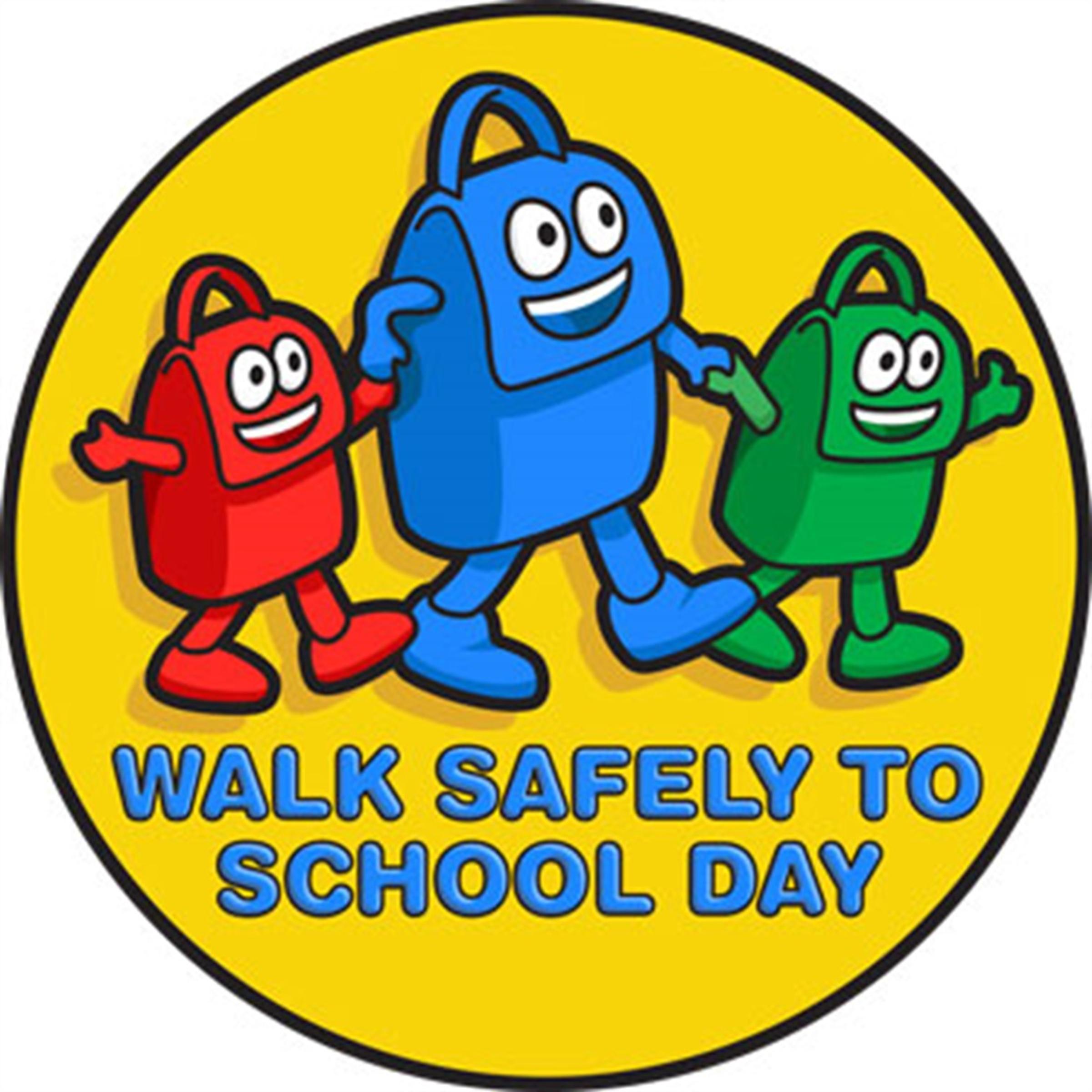Walk Safely to School Day

Today is Walk Safely to School Day.
This year is the 25th year of National Walk Safely to School Day, which is coinciding with National Road Safety Week - 5-12 May 2024
This day is a great opportunity for families to walk to school together and have conversations about road safety, focusing on the key road safety messages.
Here are some tips to help make walking to school a regular part of your routine:
Plan your route: Take some time to plan the safest and most convenient route to walk to school. Consider pedestrian crossings, footpaths, and traffic lights.
Set a schedule: Decide on the days and times you'll walk to school each week. Consistency is key to forming a new habit. Try to stick to your schedule as much as possible.
Safety first:
ALWAYS hold your child’s hand until they are at least 8 years old. Closely supervise them until they are at least 10 years old.
ALWAYS hold your child's hand:
- when on the footpath
- when crossing the road or
- when in a car park
Teach your child about being a safe pedestrian: This includes watching out for driveways, walking facing traffic when there are no footpaths and always Stop, Look, Listen, Think, every time you cross the road.
Avoid distractions: Set a good example by putting your phone away. Focus on your surroundings. If you need to use your phone, stop in a safe place.
Make it fun: Keep the walks enjoyable by talking about what you see and about your day. This can help make the time go quickly and make walking to school something your child looks forward to.
Join forces: Coordinate with other families in your neighbourhood to walk to school together. Not only does this make it more fun for the kids, but it also provides additional safety in numbers.
Celebrate achievements: Celebrate achievements along the way to keep motivation high. Whether it's reaching a certain number of walks or noticing improvements in fitness, acknowledging progress can help reinforce the habit.
Practise, Practise, Practise: The more supervised pedestrian experiences your child can get the better, so they will be ready to safely travel by themselves when they are older.

